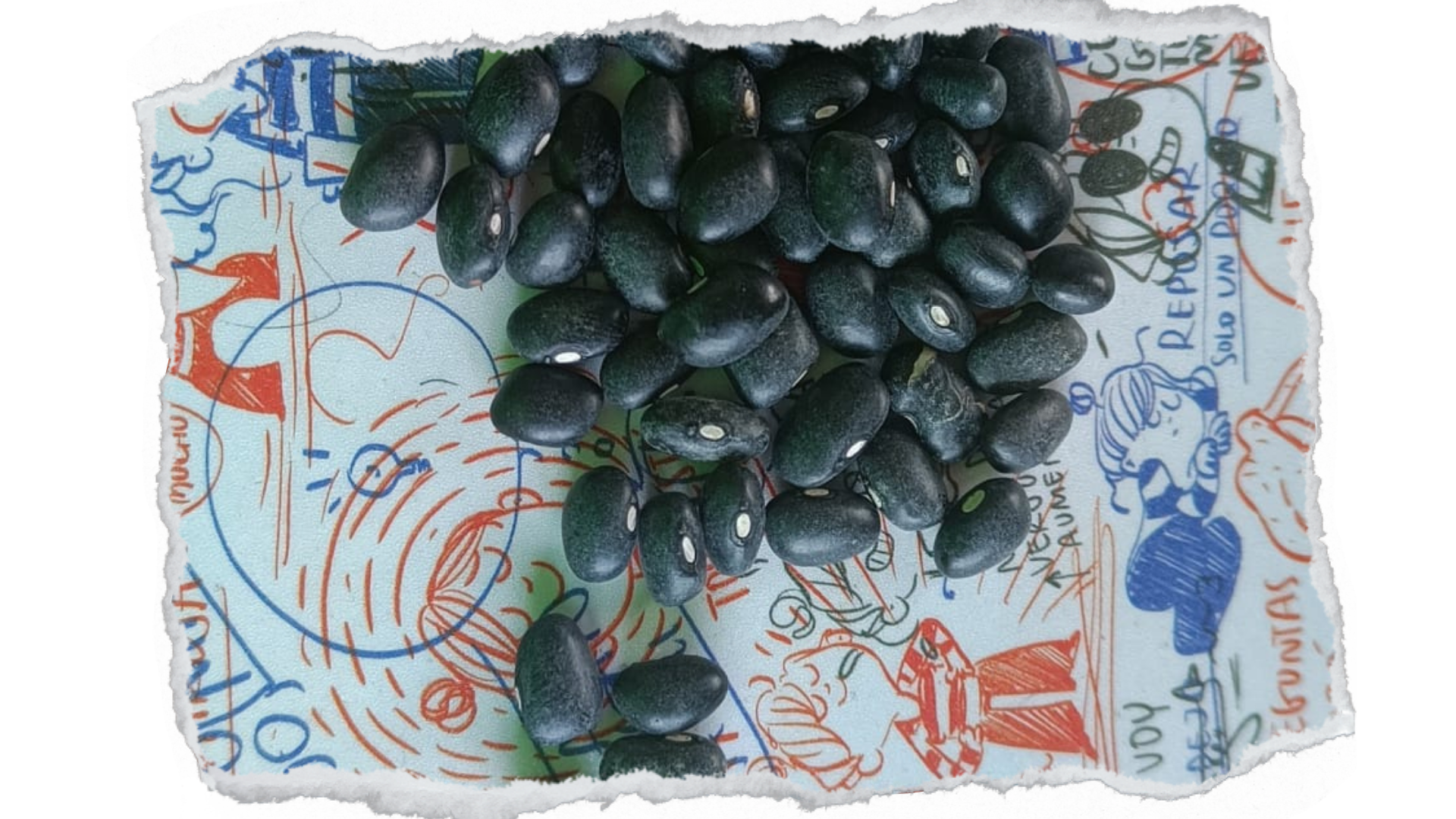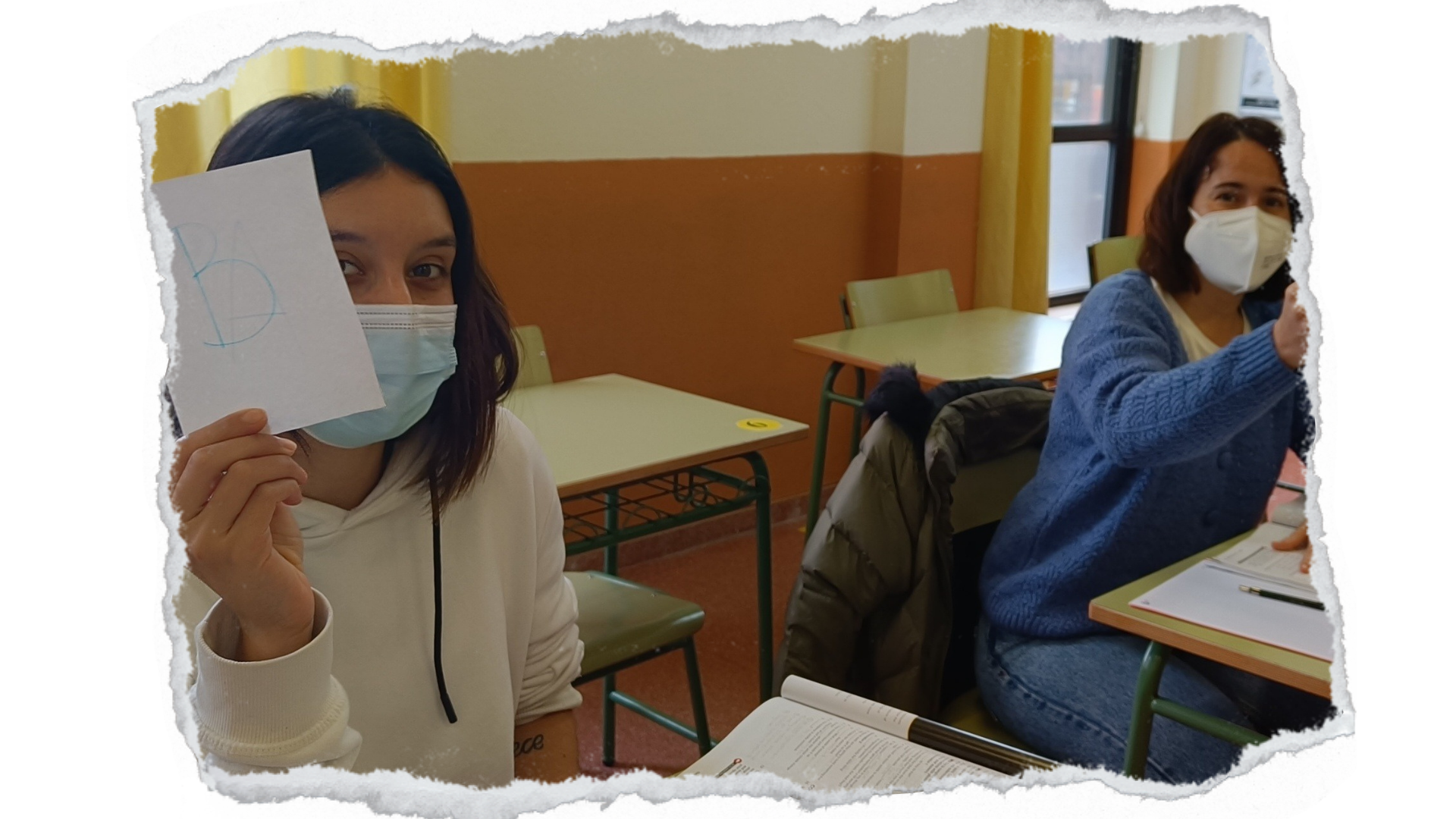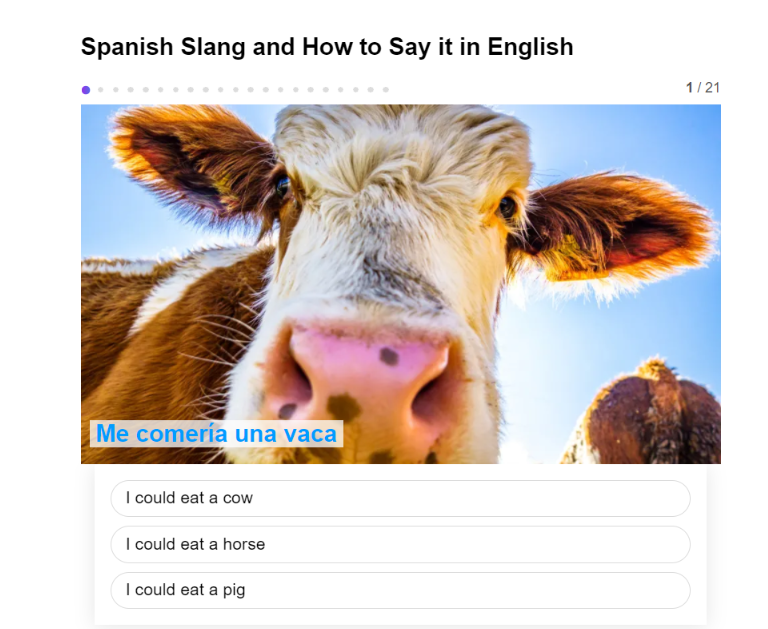If you love giving quizzes to your students or if you are a student yourself, you’re going to love doing this quiz. Why? Because in this quiz, students are going to learn some expressions that are not in the dictionary. Well, some of them might be. Plus, they are going to take an active role when answering the questions in the quiz. All of the students. Keep on reading!

Why is not giving the quiz enough for me?
It very often happens that when you display a quiz such as this one for the whole class only a bunch of students – normally the ones who volunteer for everything you do in class- actively participate in giving the answers.
Well, this is not enough. Not for me. I need all the class to participate. And I don’t really mind here whether the answers are correct or incorrect. That’s not the point. The point is that they are, at least trying. And trying is learning, And making mistakes is learning.
NOTE: I am well aware that there is not just one way of saying the expressions in the quiz. This is just the way I say them.
(Click on the image, it will take you to the quiz)
Procedure
- Give each student two pieces of paper; 10×7 cm approx. will be perfect.
- Ask them to write on one side the letter A and on the other side, the letter B. On the second piece of paper, ask them to write the letter C. Tell them to write the letters big enough to see from a distance.
- The letters A, B and C correspond with the three possible options in the quiz. For example, if they think the second answer is the correct one, they should choose and show the letter B.
- Tell students they will be competing in pairs and they should keep score of the points each of them gets. If both students guess the correct answer, no points are awarded; but, if one student beats the other one in a question, that’s when they score a point.
BONUS: A nice idea to keep track of the points they score is to use, for example, chickpeas, pasta or peas. That adds a fun touch to the exercise.

- Display the first question. Give students 10-15 seconds to think. Say “UP” and have students display the correct answer. Students in pairs compare their answers and score points, if necessary.

Follow-up
Sadly, just because they do the quiz once does not mean they are going to learn the content in it. You will need to revise it, and not just once. So, this is what I do:
-
-
- Once they finish, ask them to write down all the expressions they remember and share them with the class.
- Display the quiz again, one question at a time, but do not show them the answers. Students will need to try to remember the correct answer.
- Give them the link to the quiz to practise again at home.
-
That’s all! I hoe you have enjoyed the post!
